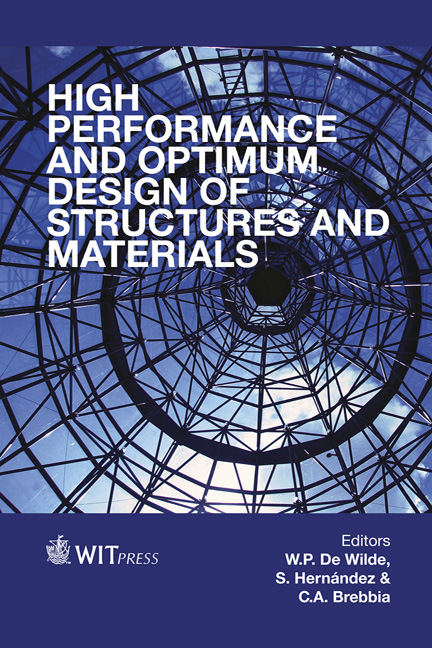Polyaniline Coated Curauá Fibres In Polyamide-6 Composites: The Effect Of Fibre Surface Modification On The Crystallographic Properties
Price
Free (open access)
Transaction
Volume
137
Pages
11
Page Range
589 - 599
Published
2014
Size
974 kb
Paper DOI
10.2495/HPSM140541
Copyright
WIT Press
Author(s)
J. R. Araujo, C. B. Adamo, E. Robertis, A. Kuznetsov, B. Archanjo, C. A. Achete & M.-A. De Paoli
Abstract
Composites have the ability to combine the individual properties of constitutive components, generating a unique material with properties suitable for a particular purpose. This study aims to develop a polymeric reinforced composite material, which is antistatic and light. Polyaniline (PAni) is one of the most studied conductive polymers due to its ability to exist in a large number of intrinsic redox states. The possibility of carrying out PAni synthesis on vegetable fibres and incorporating this in polymeric matrices, such as polyamide-6, enables the production of antistatic reinforced materials. In this work, curauá fibres were chemically treated with polyaniline doped with p-toluene sulfonic acid and processed with polyamide-6 in a twin-screw co-rotating and interpenetrating extruder. The microstructures of the neat curauá fibres and polyaniline coated curauá fibres were characterized by X-ray diffraction (XRD) measurements. Scanning electron microscopy was employed to observe the distribution and morphology of the PAni nanoparticles. The oxidation states of PAni were evaluated by X-ray photoelectron spectroscopy. X-ray diffraction combined with microscopy analyses of PAni synthesized without a substrate, showed crystalline components embedded into amorphous regions in the sample, while the PAni synthesized on the fibres showed a lower degree of crystallinity. The XPS
Keywords
coating, short-fibre composites, surface treatments, photoelectron spectroscopy, extrusion, degree of crystallinity





